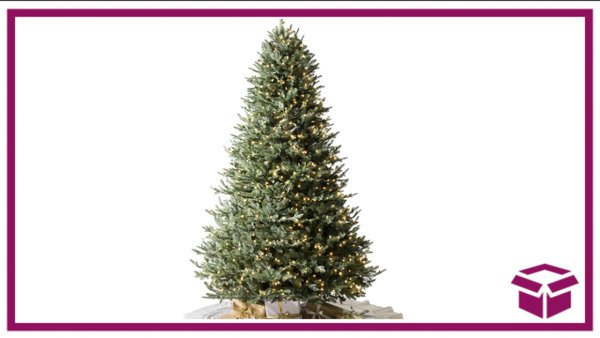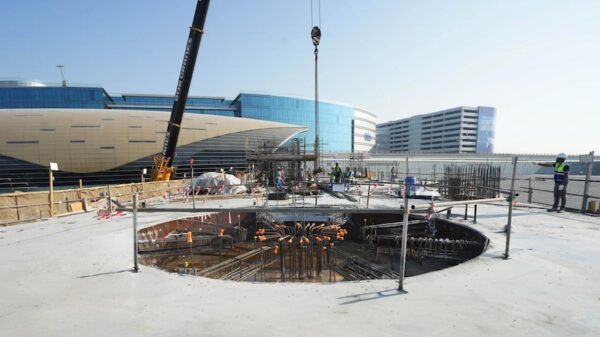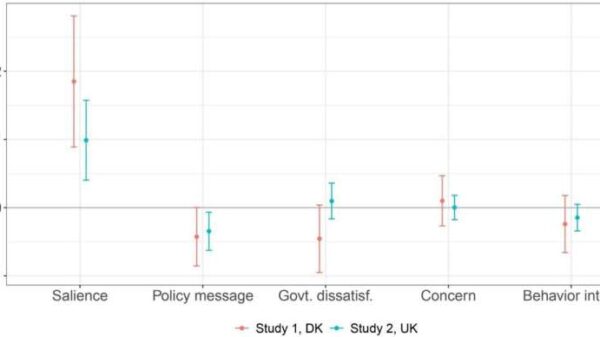A growing conversation among homeowners is shedding light on outdated design trends that many believe deserve a revival. Readers are voicing their preferences for practical and functional home features that have fallen out of favor in recent years. This discussion highlights a yearning for designs that prioritize usability over luxury.
One of the most popular suggestions is the return of built-in clothes hampers in bathrooms. Homeowners argue that these features allow for easy disposal of dirty clothes without occupying valuable floor space. A user noted, “Just toss your dirty clothes in before your shower. Plus, it doesn’t take up floor space or have to get moved for mopping.” This reflects a broader sentiment that functionality should come first in home design.
Another trend gaining traction is the call to make Formica countertops stylish again. While modern stone surfaces are often praised for their aesthetic appeal, they come with high costs and maintenance requirements. Advocates for Formica emphasize its affordability and low upkeep. “Kitchens are for cooking, baking, and eating. Ease of cleaning and sanitizing should be the most important factor when choosing a countertop,” one reader stated. This perspective underscores a shift back towards practicality in kitchen design.
The structure of living spaces is also a focal point of this discussion. Many individuals are expressing nostalgia for homes built in the 1950s, which often featured distinct, separated rooms. One commenter explained, “When I’m relaxing with a book in the living room or watching TV in the family room after dinner, I don’t want to see the kitchen and the pots and pans still to be washed.” This highlights a desire for spaces that allow for privacy and separation of activities.
Laundry rooms have also been mentioned as a desirable feature. Readers reminisced about homes with dedicated laundry areas, noting that these spaces facilitate a more organized and efficient household. “We could remove dirty clothes and shoes in the mud room before heading to the laundry room,” a participant shared, illustrating the convenience these rooms once provided.
Shower size is another topic garnering attention. Many homeowners are advocating for smaller, more manageable showers instead of the expansive, open designs prevalent today. “Who needs a shower this big? Make it big enough for two people if you want, or a wheelchair, if you have to, and that’s it!” commented one reader. This sentiment reflects a preference for cozy, intimate spaces rather than vast, impersonal ones.
The desire for front-of-house living rooms is also prominent. Several respondents expressed frustration that modern homes often prioritize bedrooms in front of the house, which limits visibility for decor, especially during festive seasons. “My dream is to have my Christmas tree visible from the front window,” remarked one participant, highlighting a longing for traditional design aesthetics.
Among other features being called for are tall cupboards in kitchens for easy storage of cleaning supplies, as well as walk-in pantries, which many see as essential for modern living. Wood-burning fireplaces are also being championed for their nostalgic charm and warmth during power outages. “Not everyone wants a gas or electric fireplace,” one user pointed out, suggesting that options should reflect diverse preferences.
As these sentiments resonate with many, the conversation continues about what homeowners truly value in their living spaces. The push for features that balance aesthetics with practicality may signal a broader trend towards rethinking modern home design.
In sum, the return of built-in clothes hampers, Formica countertops, and designated laundry rooms could redefine how homes are structured, emphasizing function over fleeting luxury. As homeowners reflect on their experiences, the future of home design may see a revival of these beloved trends.



































































